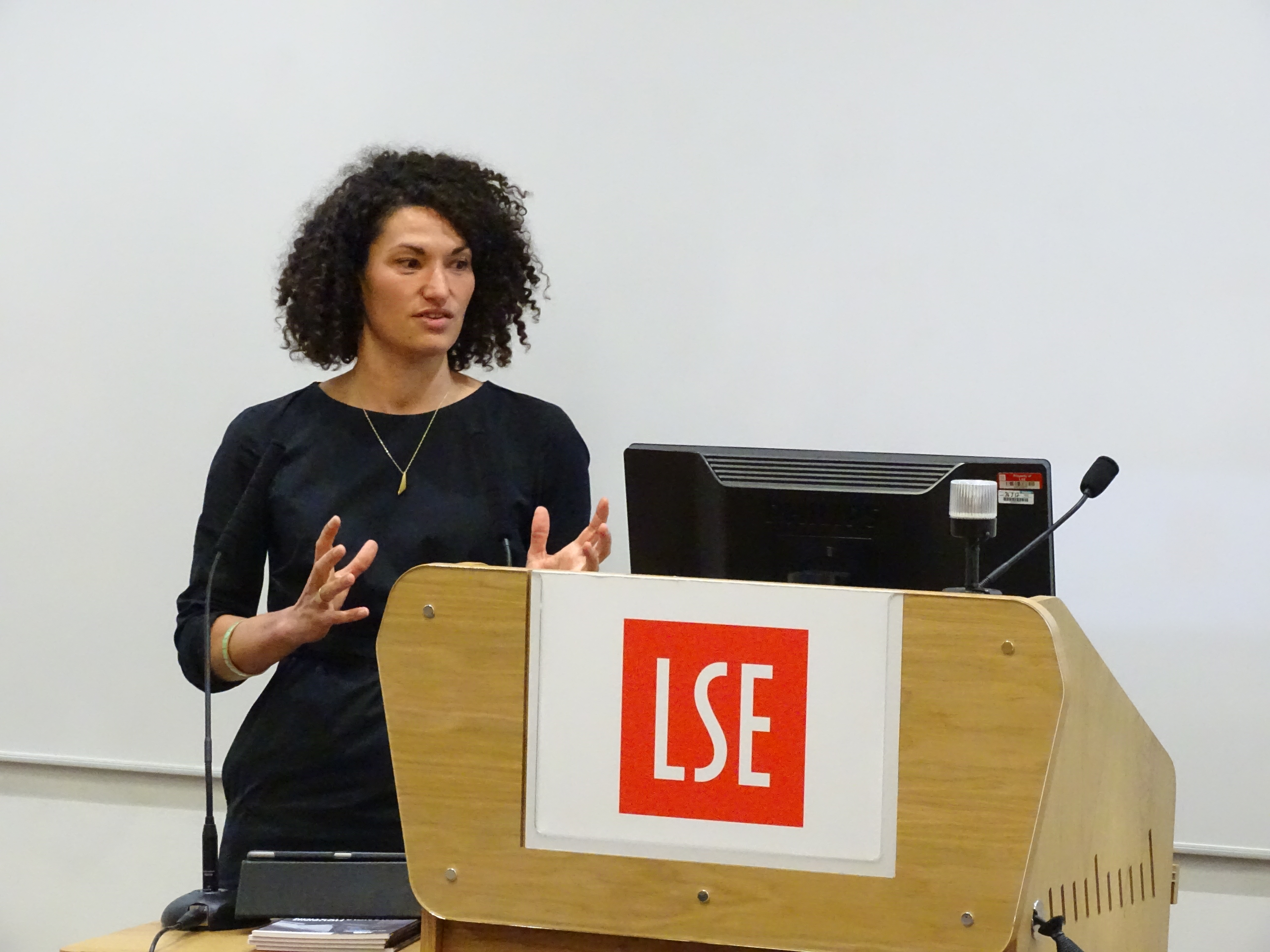Melissa Fernández and Kathleen Scanlon publish article in Urban Design (136) on the collaborative design process behind Featherstone Lodge. They also briefly discuss examples from elsewhere in the UK and abroad, and they offer commentary on the lessons that the collaborative process of co-housing design offers for urban design more generally.
The full article can be read here.
An excerpt from the article:
“What is co-housing? To live intentionally as a group. To share resources and meals. To design collaboratively. To create and maintain collective living spaces. These are all core elements of the co-housing concept, developed and made popular since the r97os in Denmark, the Netherlands, Germany and the United States. The model arrived more recently in the UK, where there are currently around 18 communities (and about 50 in formation).
Most co-housers are motivated by a desire to live as a community that actively participates in its own creation and sustainability. Some communities form in a bottom-up way because of shared ecological or social visions (in Sweden, for example, co-housing is viewed as an ideal environment in which to raise children), while others are assembled in a top-down fashion by housing associations or even for-profit developers. Communities may be structured as owner-occupied, mutual home ownership, rental or mixed-tenure. They can be rural or urban. They may accommodate households of all ages (intergenerational co-housing) or cater specifically for older people or particular groups, notably women.
One important part of the co-housing process is that (future) residents participate in the planning and design of their communities, working with architect. and each other in a non-hierarchical nz- The weeks and months spent discuss- ing and developing ideas may result in strikingly original designs, but also he: to introduce groups to the processes of negotiation and compromise that will required when they live as communities. Here we describe aspects of the design process ofone London co-housing a community still under development, and briefly discuss examples from elsewhere in the UK and abroad. Finally, we comment on the lessons that the collaboration process ofco-housing design offers for urban design more generally.”





